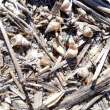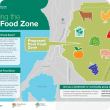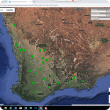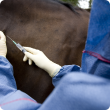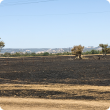Filter by regions:
- Great Southern (351) Apply Great Southern filter
- South West (345) Apply South West filter
- Mid West (328) Apply Mid West filter
- Peel (309) Apply Peel filter
- Wheatbelt (306) Apply Wheatbelt filter
- Perth regions (285) Apply Perth regions filter
- Goldfields-Esperance (263) Apply Goldfields-Esperance filter
- Gascoyne (219) Apply Gascoyne filter
- Kimberley (177) Apply Kimberley filter
- Pilbara (171) Apply Pilbara filter


